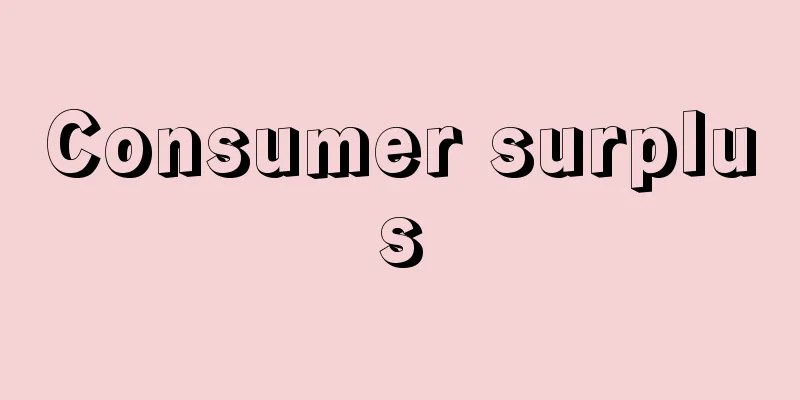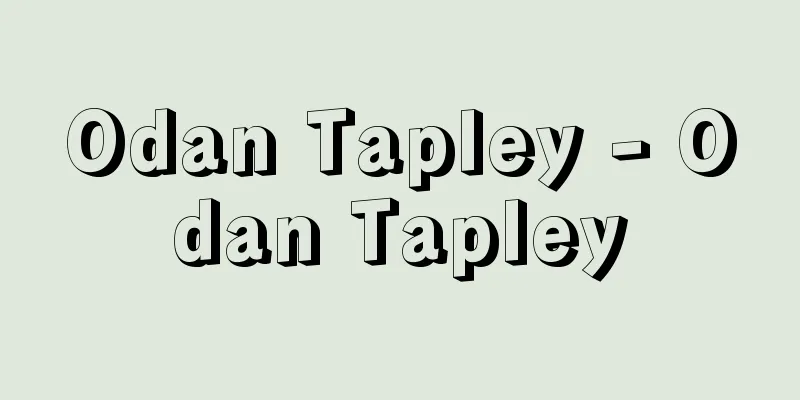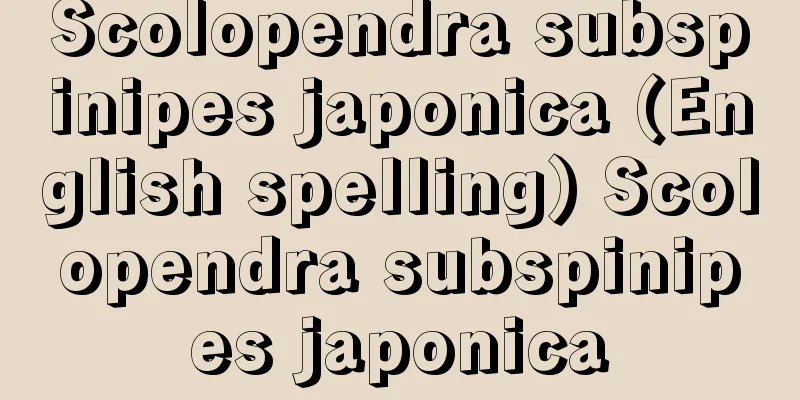Consumer surplus

|
It is the amount remaining after subtracting the actual price paid (market price) from the maximum price that a consumer is willing to pay for one unit of a certain product (demand price). For example, suppose that apples cost 150 yen each at a store. If a consumer is willing to pay a maximum of 200 yen for the first apple, the consumer's marginal valuation of the first apple is 200 yen, and the actual price to be paid is 150 yen, so the consumer surplus of the first apple is 50 yen. Usually, the second apple will bring less satisfaction to the consumer than the first apple. Therefore, if the marginal valuation of the next apple is, say, 180 yen, the consumer surplus of the second apple is 30 yen. How many apples will the consumer purchase? If the demand price is lower than the price of the apple at the store (the fourth apple in ), the consumer will not purchase that apple. In other words, as long as the demand price does not fall below the market price of apples, the consumer will purchase up to the final number of apples where consumer surplus is exactly zero. In , the demand price of the third apple is exactly equal to the market price of 150 yen, so the consumer ends up purchasing three apples. The total consumer surplus in this case is 50 yen + 30 yen + 0 yen = 80 yen. The curve that shows the marginal valuation, or demand price, for each unit of apples is what is known as the demand curve for apples. This concept of consumer surplus, along with producer surplus, was proposed by A. Marshall and J.R. Hicks, and has become an important concept for measuring the level of economic welfare. However, when the entire economic system is taken into account, measuring these concepts generally becomes extremely difficult. [Toshiyuki Uchijima] "J.R. Hicks, Theory of Demand, translated by Tadashi Hayasaka and Yasuaki Murakami (1958, Iwanami Shoten)" "A. Marshall, Principles of Economics, 4 volumes, translated by Keinosuke Baba (1965-67, Toyo Keizai Shinposha)" [Reference] |©Shogakukan "> Consumer Surplus Diagram (Example of Apples) [Figure] Source: Shogakukan Encyclopedia Nipponica About Encyclopedia Nipponica Information | Legend |
|
ある商品1単位について、消費者が最大限支払ってもよいと思う価格(需要価格)から、実際に支払う価格(市場価格)を差し引いた残りの金額をいう。たとえば、リンゴを店で買うと1個150円であるとする。消費者が最初の1個目のリンゴに対して最大限200円を支払ってもよいと思ったとすると、消費者の初めの1個目のリンゴの限界評価額は200円であり、実際支払うべき価格は150円であるから、最初の1個目のリンゴのもたらす消費者余剰は50円となる。通常は2個目のリンゴは最初の1個目のリンゴより小さな満足しか消費者にもたらさないであろう。したがって次の2個目のリンゴの限界評価額がたとえば180円であるとすると、2個目のリンゴの消費者余剰は30円となる。消費者は何個までリンゴを購入するだろうか。需要価格が店でのリンゴの価格より下回るならば(では4個目のリンゴのとき)、消費者はそのリンゴは購入しないであろう。つまり需要価格がリンゴの市場価格を下回らない限り、いいかえると消費者余剰がちょうどゼロとなる最後の個数までリンゴを購入するであろう。では3個目のリンゴの需要価格はちょうど市場価格150円に等しいから、消費者は結局、リンゴを3個購入することになる。このときの消費者余剰の総額は、50円+30円+0円=80円となる。リンゴの各単位に対する限界評価額、あるいは需要価格を示す曲線が、いわゆるリンゴの需要曲線である。 このような消費者余剰の概念は、生産者余剰とともに、A・マーシャルやJ・R・ヒックスによって唱えられ、経済厚生の程度を測定するための重要な概念となったが、経済体系全体を考慮した場合には、これらの測定は一般に著しく困難になるという問題点をもっている。 [内島敏之] 『J・R・ヒックス著、早坂忠・村上泰亮訳『需要理論』(1958・岩波書店)』▽『A・マーシャル著、馬場啓之助訳『経済学原理』全4巻(1965~67・東洋経済新報社)』 [参照項目] |©Shogakukan"> 消費者余剰説明図(リンゴの例)〔図〕 出典 小学館 日本大百科全書(ニッポニカ)日本大百科全書(ニッポニカ)について 情報 | 凡例 |
<<: Consumption tax - shohizei (English spelling) consumption tax
Recommend
Western Region Buddhism
This refers to Buddhism that was popular in the we...
Temporary character Okunoyamamichi - Kana spelling Okunoyamamichi
A language book from the Edo period. Written by th...
Akaboshiyama Mountain
...The northern border of this mountain range is ...
Burningham, J.
…What is particularly noteworthy about the UK is ...
Yuimae - Yuimae
[Noun] A religious service in which the Vimalakirt...
Asagami Oujiguu
...Okinawa's pole dances include the martial ...
Bloody stool - ketsuben
This refers to the presence of blood in the feces...
Kifune Shrine
…Therefore, Shikibu was considered from an early ...
Hypoglossal nerve
The 12th cranial nerve is a purely motor nerve th...
Poplar - Poplar (English spelling)
A general term for the genus Populus in the Salic...
Colorful clouds
This phenomenon occurs when parts of cirrocumulus...
Labor Standards Act
This law, which established mandatory minimum sta...
Fixed-term license
〘 noun 〙① To be permanently exempt from taxation. ...
Charles Robert Cockerell
1788‐1863 British architect and archaeologist. Aft...
Folk song - Minyo (English spelling) Volkslied German
Generally speaking, they can be understood as &qu...









